Before 1960, any pirate, buccaneer, or marauder worth their sea salt would tell you that a cutlass is a short, curved sword that’s particularly well suited to close-quarters naval combat.
But as the 1960s dawned, Oldsmobile thought that Cutlass would also be the prefect name for the upscale variant of its upcoming F-85 compact.
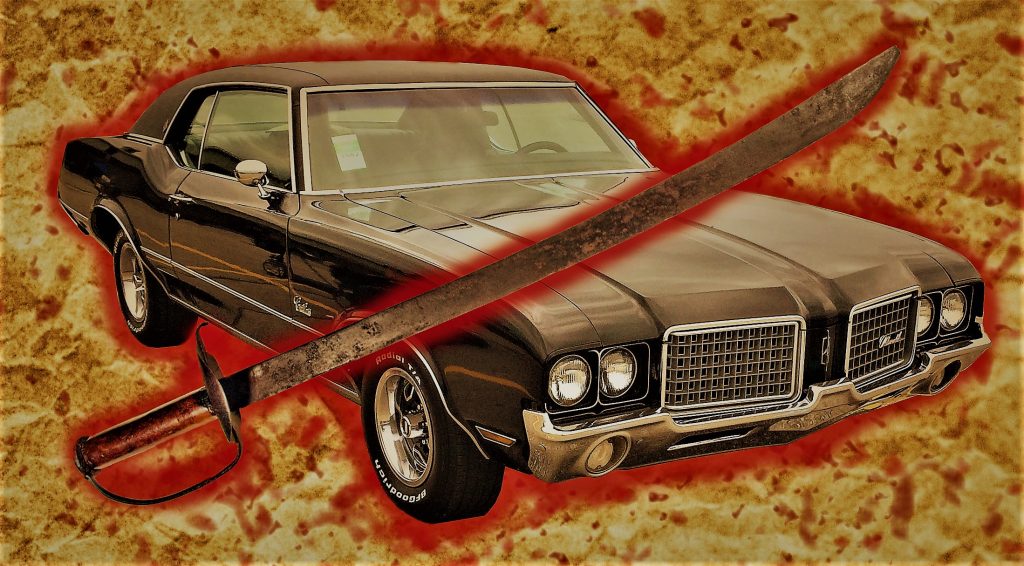
F-85 & Beyond
The F-85 was Oldsmobile’s new entry-level model, based on the unibody GM Y-Body that also begat the 1961-63 Pontiac Tempest and Buick Special.
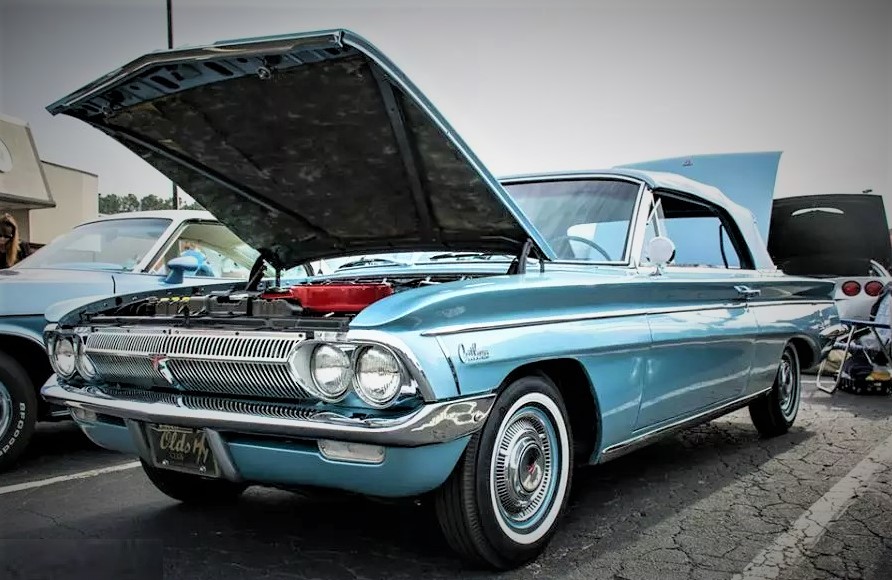
If you’ve never heard of an F-85, don’t turn in your gearhead card just yet. Admittedly, the F-85 naming convention gets tricky because many folks simply refer to all the Oldsmobile intermediates (including the upcoming 442) as “Cutlass.”
But there is a distinction.
While the base F-85 was an economy model, the Cutlass trim added some sportiness, along with more upscale interior and exterior appointments. Then early on, there was also the F-85 Jetfire, which was one of GM’s initial forays into forced induction. (You can read more about those early turbocharging efforts here.)
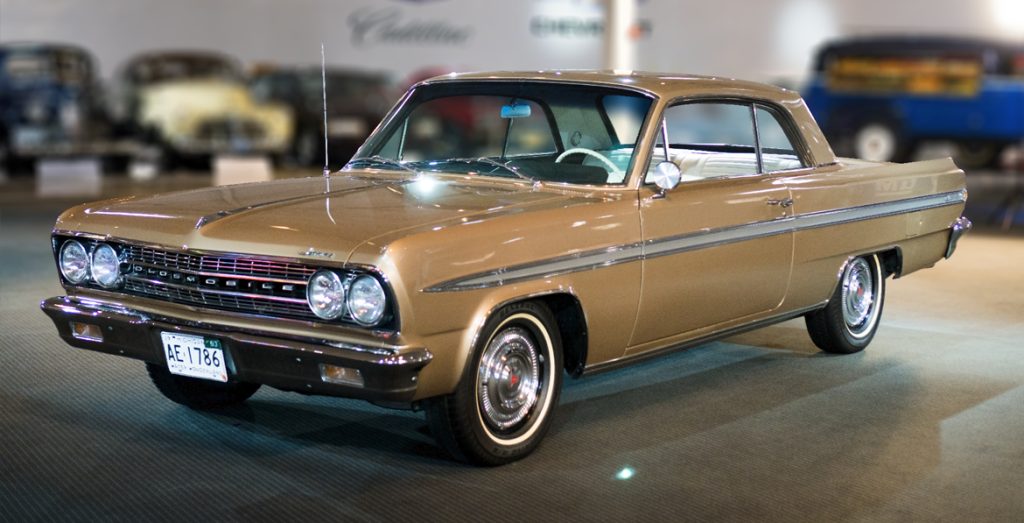
It’s worth noting that this new F-85 could be equipped with an Oldsmobile-tweaked version of Buick’s 215 cubic inch aluminum V8. While it was a revolutionary engine that would see decades of success later (particularly after Rover bought the manufacturing rights), the 215 was deemed too fancy for the F-85’s economy car mission and dropped after 1963.
Moving Up to an Intermediate
Those 1961-63 F-85, Cutlass, and Jetfire models were relatively slow sellers though, so GM upsized the entire Y-Body line to a new intermediate A-Body platform in 1964, to coincide with the newly-launched Chevy Chevelle.
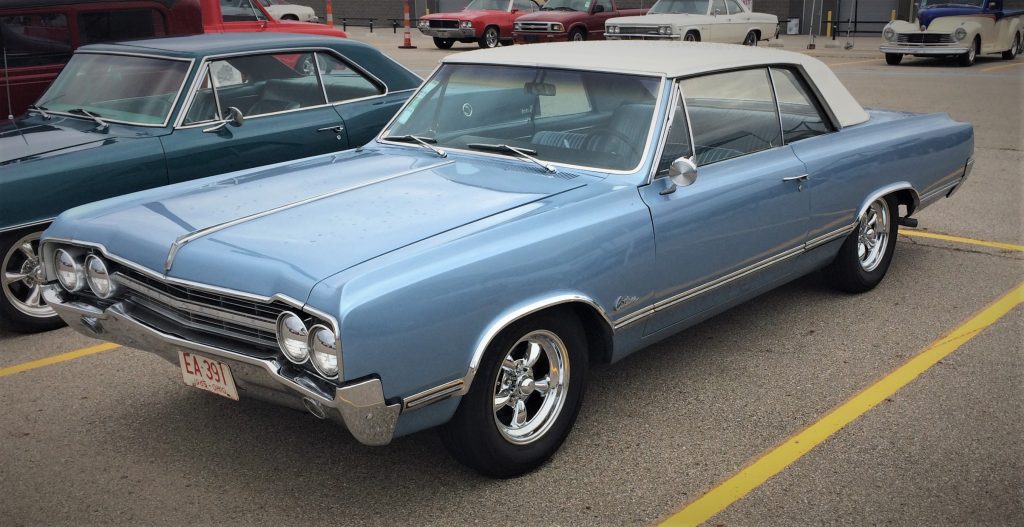
In addition to improving sales, the more traditional body-on-frame architecture heralded a significant push into the performance world for the F-85 Cutlass, specifically with the introduction of the fabled 442 package.
Debuting in 1964, the 442 trim was a response to the surprise success of the Pontiac Tempest GTO released earlier that year. The numbers 4-4-2 initially referred to a four barrel carb, a four-speed manual, and dual exhausts, but that rubric would evolve later as more drivetrain options began to appear.
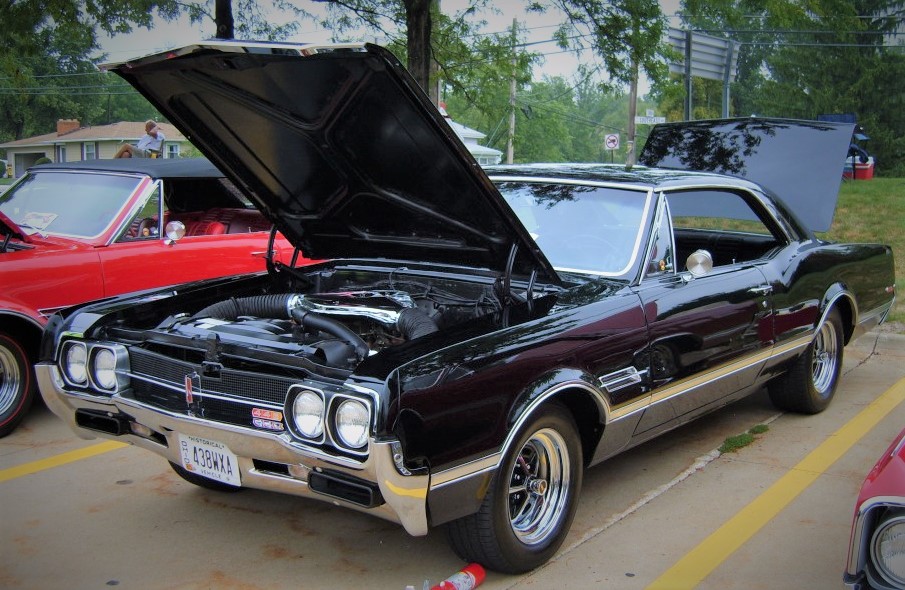
Meet the New Oldsmobile V8
When the Buick-sourced aluminum V8 was dropped after 1963, Oldsmobile began a new generation of iron block V8s that would propel its cars through the next several decades. Its first iteration, at 330 cubic inches, bowed for 1964 in the F-85 line.
We’ll ultimately see versions of the venerable Oldsmobile V8 contract and expand from 260 to a whopping 455 cubic inches.
(It’ll also, perhaps infamously, be converted into a diesel variant. But that’s a topic for a different day.)
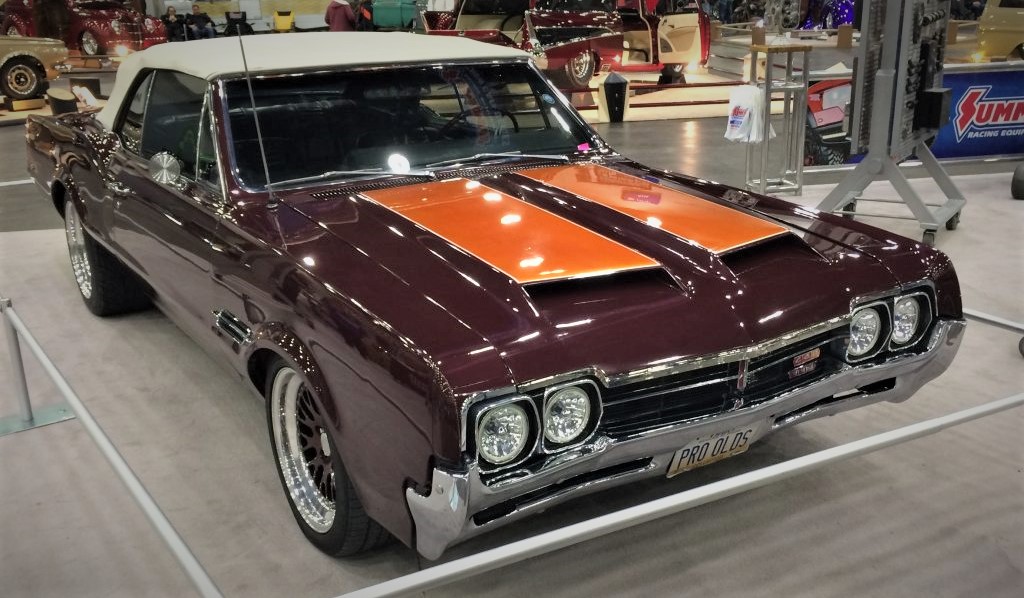
The Cutlass Enters its 3rd Generation
In 1968, every GM intermediate got a redesign. While the F-85 name stuck around, it was quickly being overshadowed by a growing number of Cutlass subvariants, namely the Cutlass S and Cutlass Supreme.
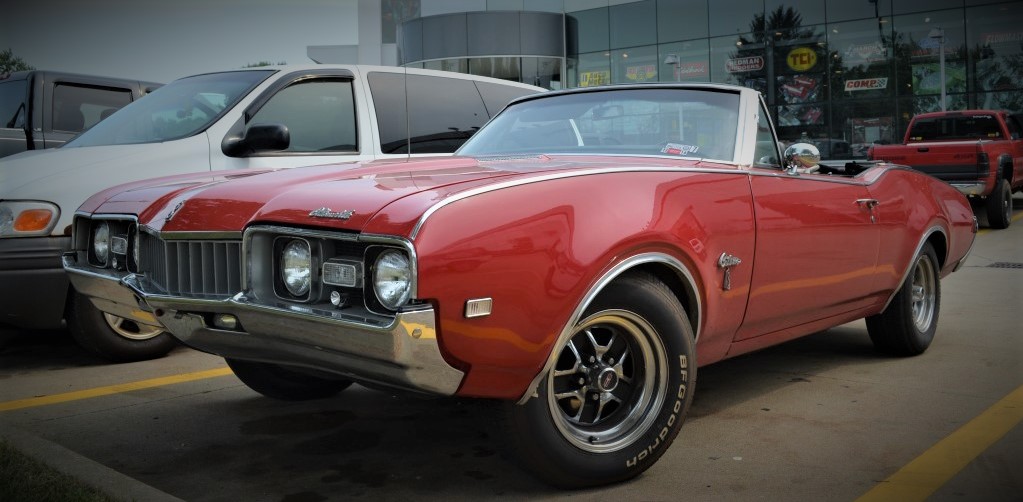
In other housekeeping news, the 442 briefly moved into its own model designation, no longer an options package, before returning as an option on the Cutlass in 1972.
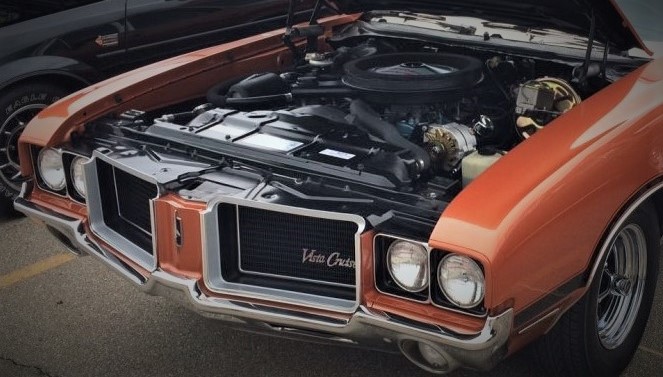
1968 also saw the introduction of the trusty Oldsmobile 350 V8 as a Cutlass option. The Olds 350 was an evolution of that aforementioned Oldsmobile V8, and was distinct from the Chevy, Buick, and Pontiac 350s that were released at about the same time.
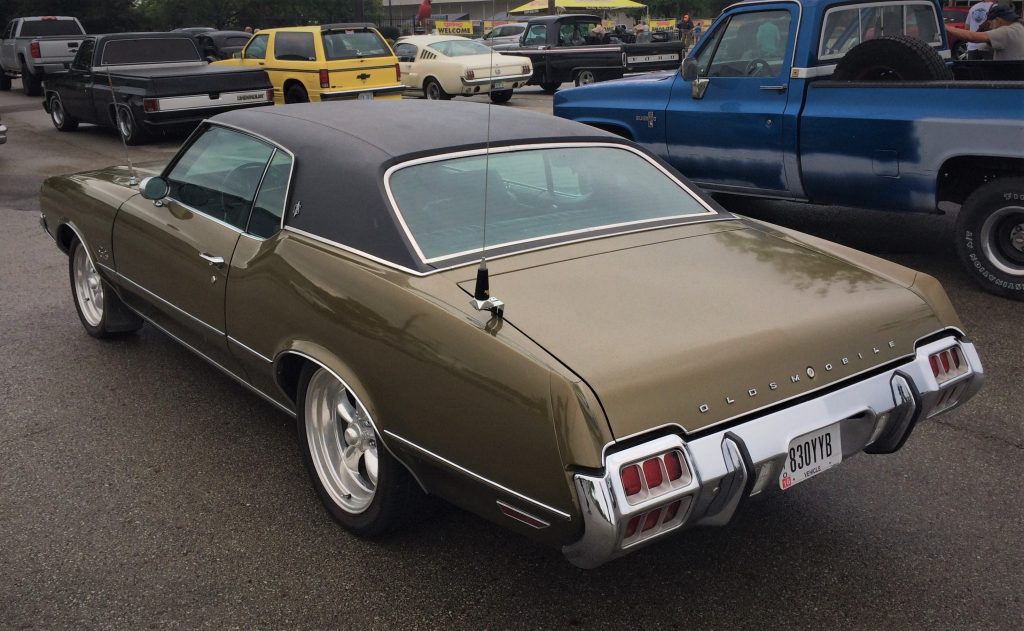
The next year, the Cutlass got a facelift and then in 1970, something significant happened: when ordered as a Cutlass Supreme, the Cutlass became the only GM A-Body with an optional notchback roofline—unless you count the newly-minted Monte Carlo and Grand Prix, which were only available as notchback coupes.
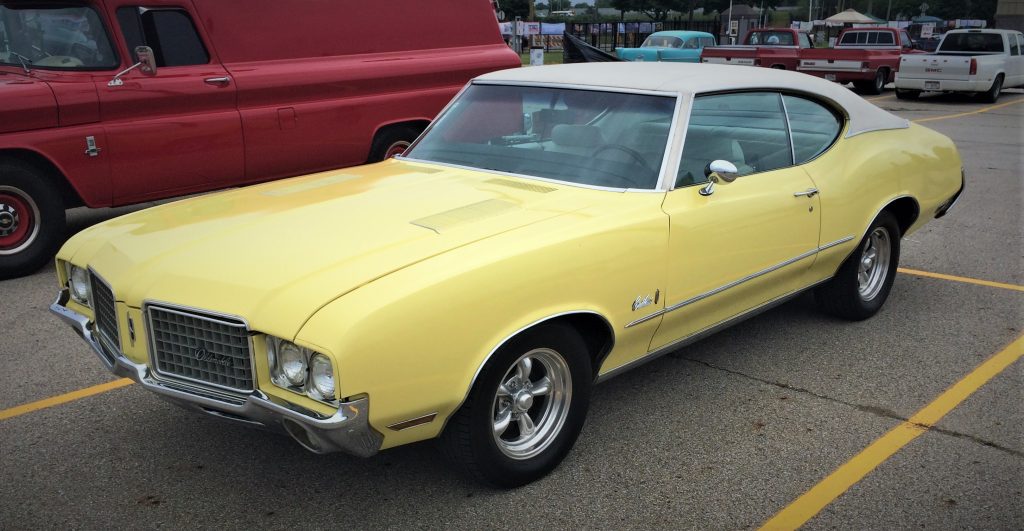
You also may hear the Cutlass Supreme notchback referred to as a “hardtop coupe” as the steel roof mimics the side profile of the ragtop version.
You could still get the Cutlass as a traditional fastback coupe and a convertible as well.
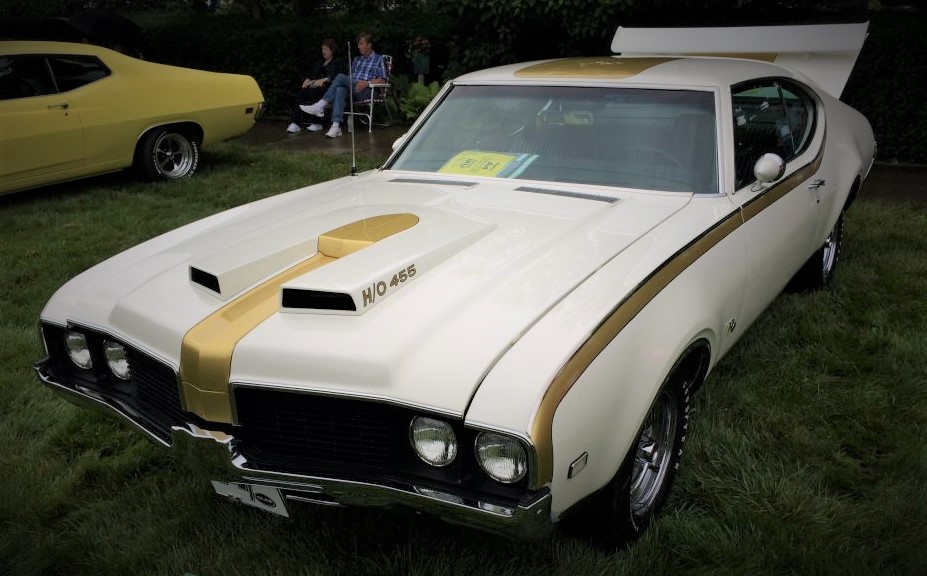
As for the F-85 base model, it soldiered on until 1972, when it was reduced to a sole four-door sedan before being ultimately dropped from the lineup altogether.
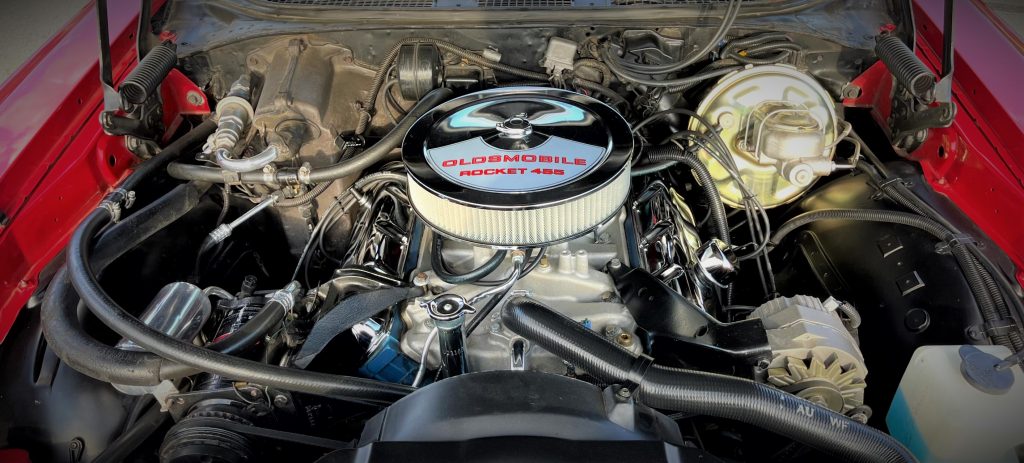
And now’s probably a good time to mention Oldsmobile’s top-of-the-heap performance A-Body, the Hurst/Olds. Essentially a 442 cranked to 11, the Hurst/Olds was built, obviously, in conjunction with Hurst Shifters and included the mammoth Oldsmobile 455 engine.
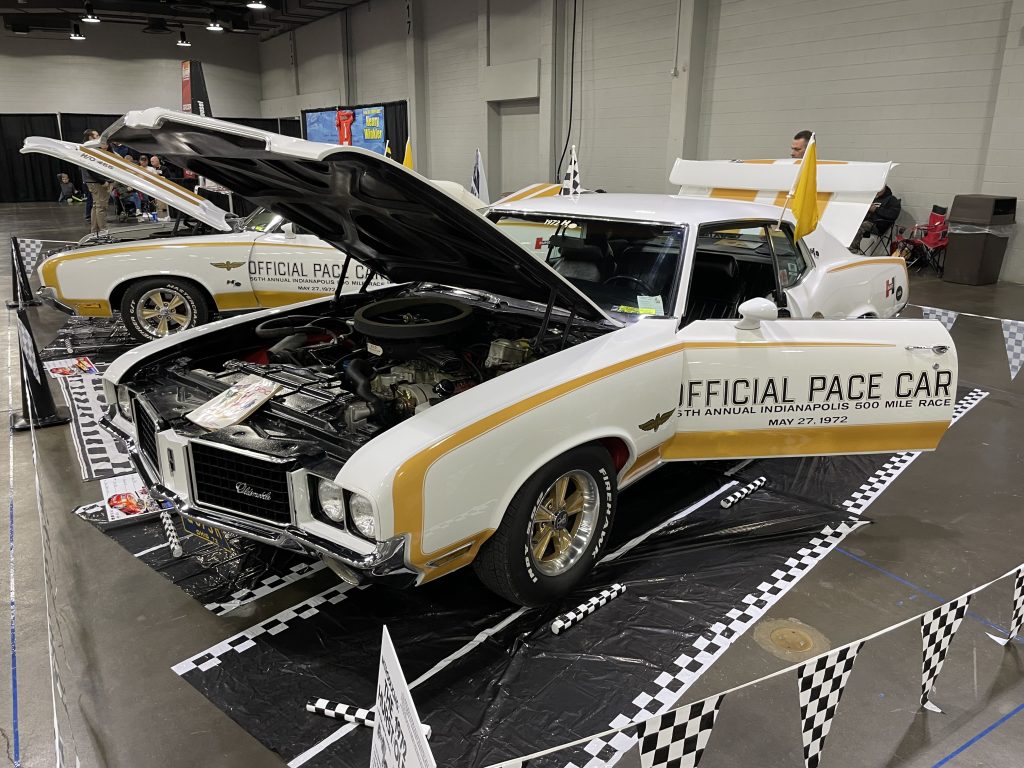
The Cutlass Stands Alone: the Colonnade Era
GM redesigned its entire A-Body lineup again in 1973, adopting what is popularly referred to as “Colonnade” styling. It was at this point that the F-85 officially disappeared, while the Cutlass branched another trim level, the Cutlass Salon.
Though performance took a hit, the Hurst/Olds and 442 packages carried on as options under the Cutlass name too.
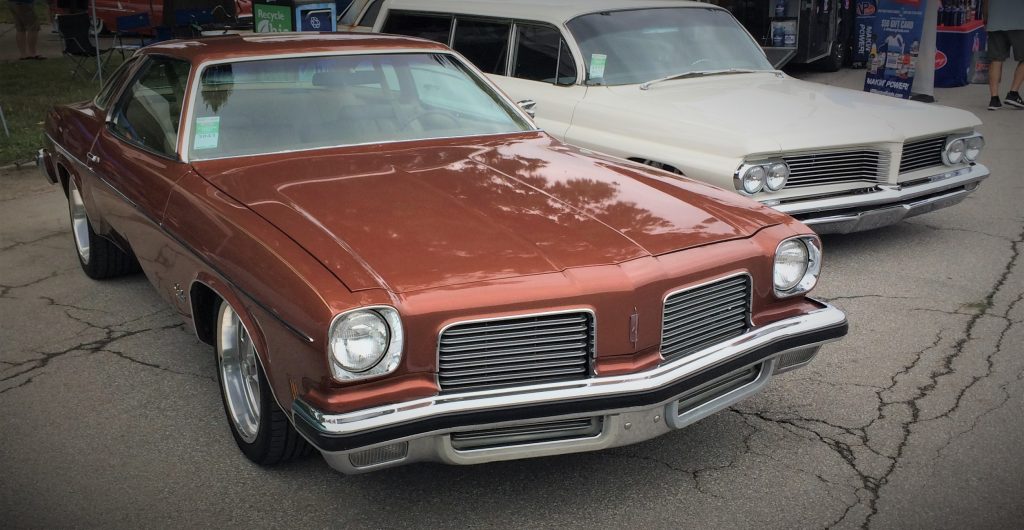
Updates were relatively minor for the Cutlass and its submodels as the Colonnade era progressed, and perhaps the biggest revisions were under the hood, as Oldsmobile (and every other manufacturer) scrambled to find a good answer to tightening emissions laws and increasing fuel economy demands.
As you’d expect, horsepower continued a gradual slide through the mid-1970s, yet the massive 455 carried on until 1977. The 442 was still around too, though primarily as an appearance package.
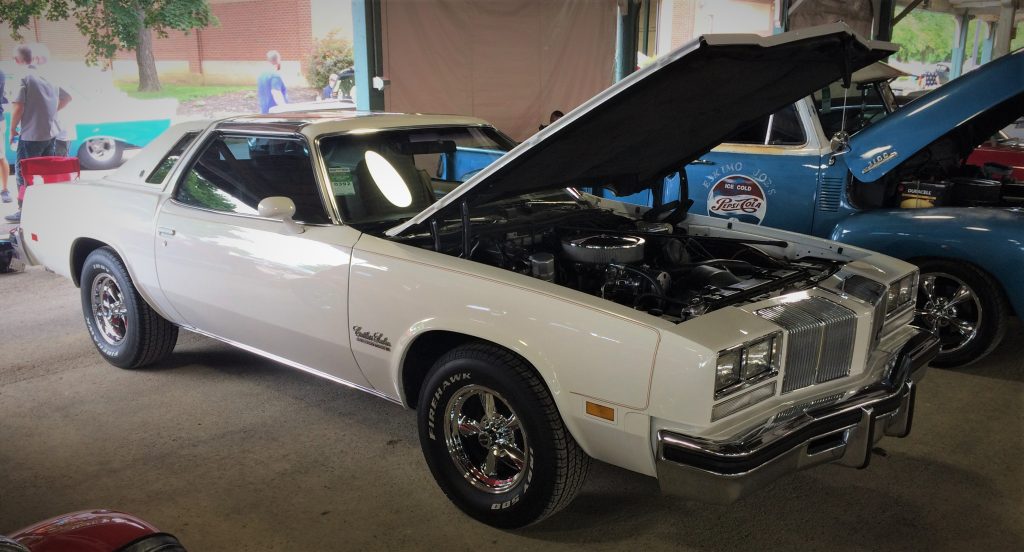
Oldsmobile sensed a winning recipe here, and the Cutlass would soon begin its march to market dominance as it became the best-selling Oldsmobile (surpassing the Delta 88) in 1975, and ultimately the best selling car in America almost every year(!) between 1976 and 1981. That feat wouldn’t be bested until the Toyota Camry began its incredible run in the late 1990s.
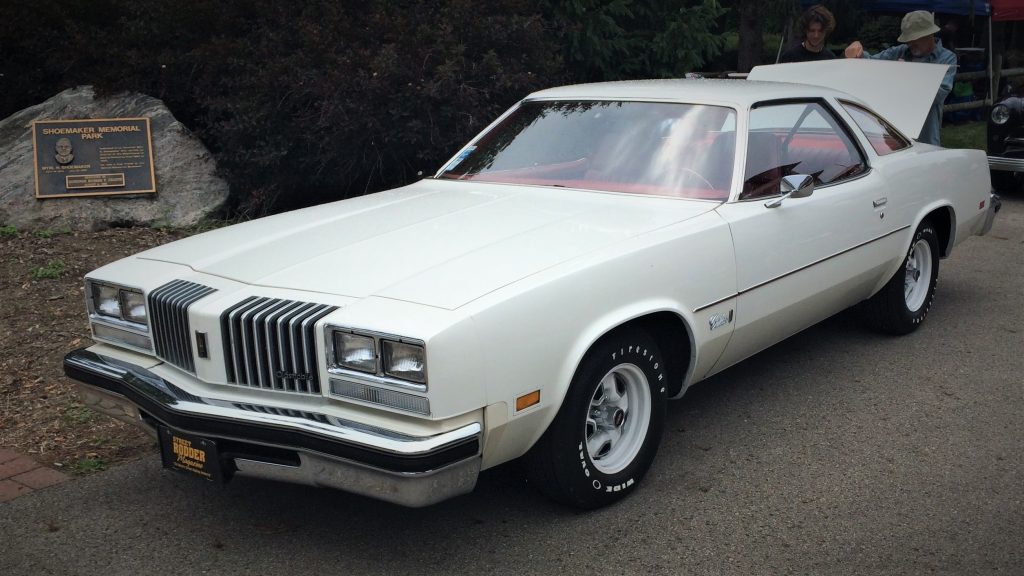
One Big Happy Cutlass Family
The Cutlass lineage gets a little bit murky as the 1980s arrived. For starters, GM shrunk the G/A-body designs across every division in 1978, and the Cutlass grew other submodels like the Calais.
This era also has the infamy of carrying the ill-fated Oldsmobile 350 diesel.
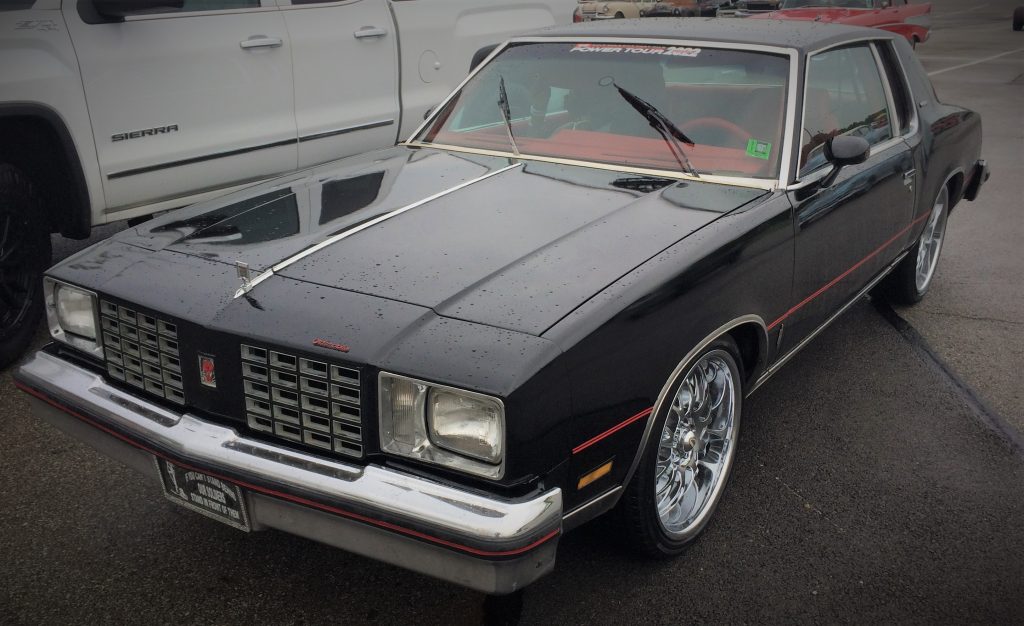
It gets more nebulous in 1982, when Oldsmobile started treating Cutlass like a mini-marque, spawning the Cutlass Ciera and Cutlass Supreme as distinct, standalone models, then soon thereafter, the Cutlass Calais would arrive in 1985.
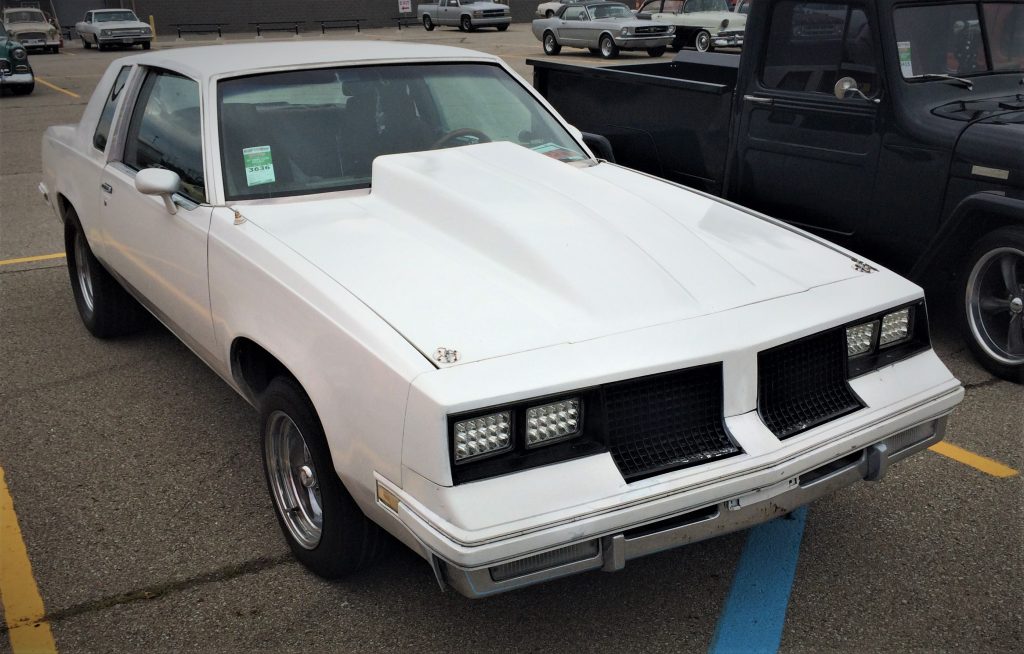
While the Calais and Cierra were rather ordinary front-wheel drive commuter cars, the RWD Cutlass Supreme is still worth talking about.
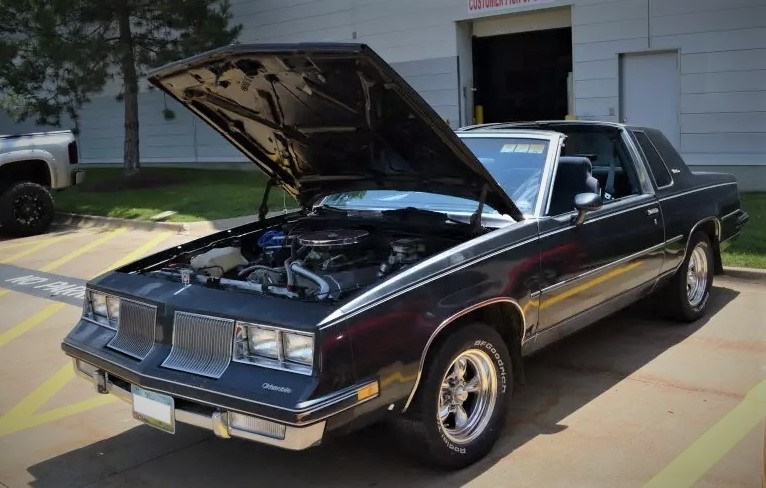
Riding on that aforementioned G-body, along with cars like the Buick Grand National and Chevy Monte Carlo SS, the Cutlass Supreme 442 and H/O could be considered some of the last body-on-frame, rear wheel drive musclecars that GM produced.
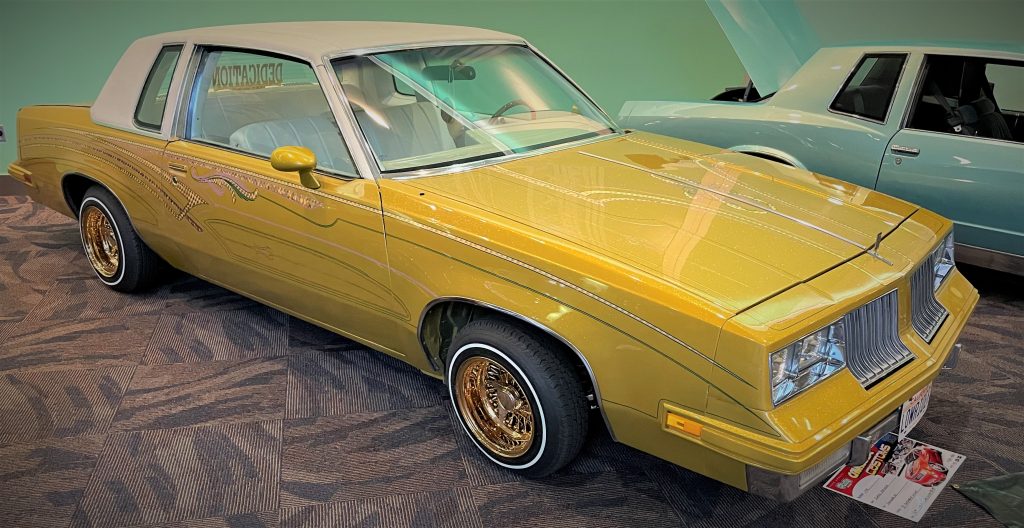
Nowadays, these last-of-the-breed G-body cars are embraced by the performance community and are still common sights at drag strips across America.
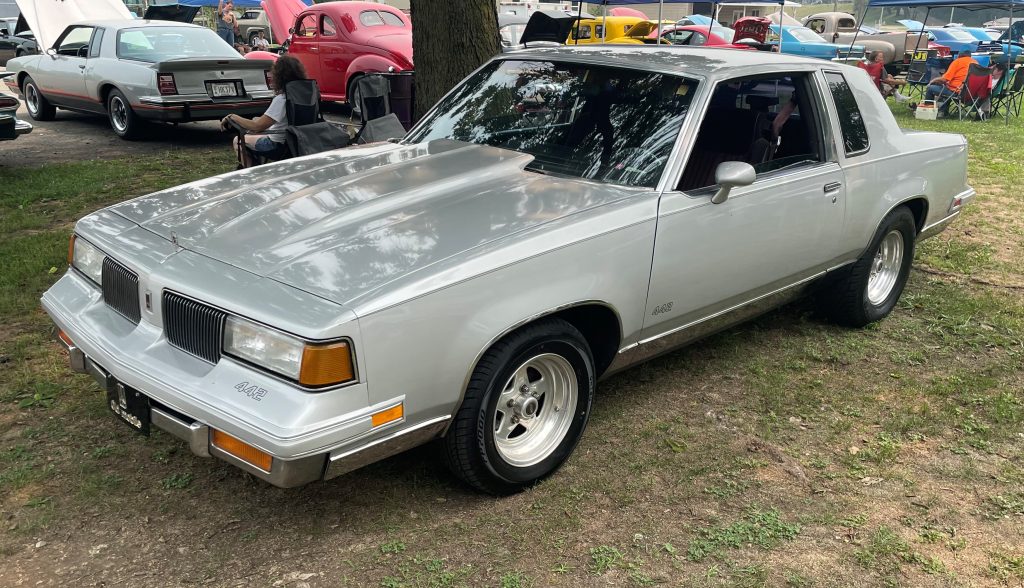
In fact, both the 442 and Hurst/Olds packages briefly reappeared around this time, adding some throwback street cred to the Cutlass faithful. The factory powerplant of choice was a 307 cubic inch version of Oldsmobile’s familiar V8—but nowadays it’s not uncommon to see Cutlasses (Cutli?) running SBCs and even LS- and LT-series engines.

Sailing Into the Sunset
After a 1988 redesign, even the Cutlass Supreme found itself on a front-wheel drive platform. Yet Oldsmobile kept some vestiges of performance alive during the Cutlass’ fifth generation. At various points over its production run, you could get a five-speed transmission paired with Oldsmobile’s relatively potent Quad-IV and 3.4L V6 engines.
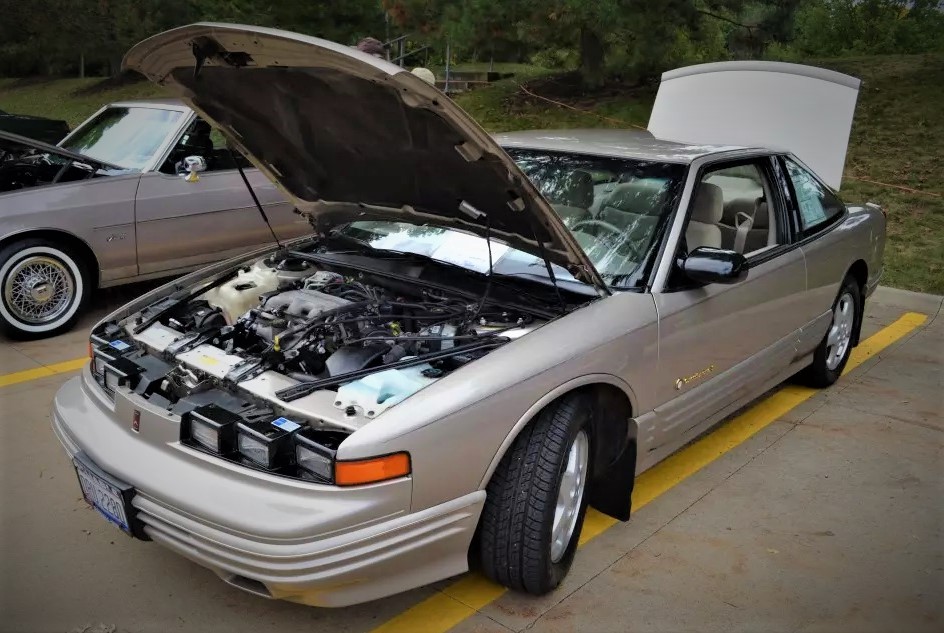
Ultimately though, the Cutlass would drift away as little more than a re-skinned FWD Chevy Malibu.
But the Cutlass legacy endures, as the earlier RWD models continue to rise in both value and popularity.
***
Check out more Oldsmobile Cutlass photos below, Mateys:

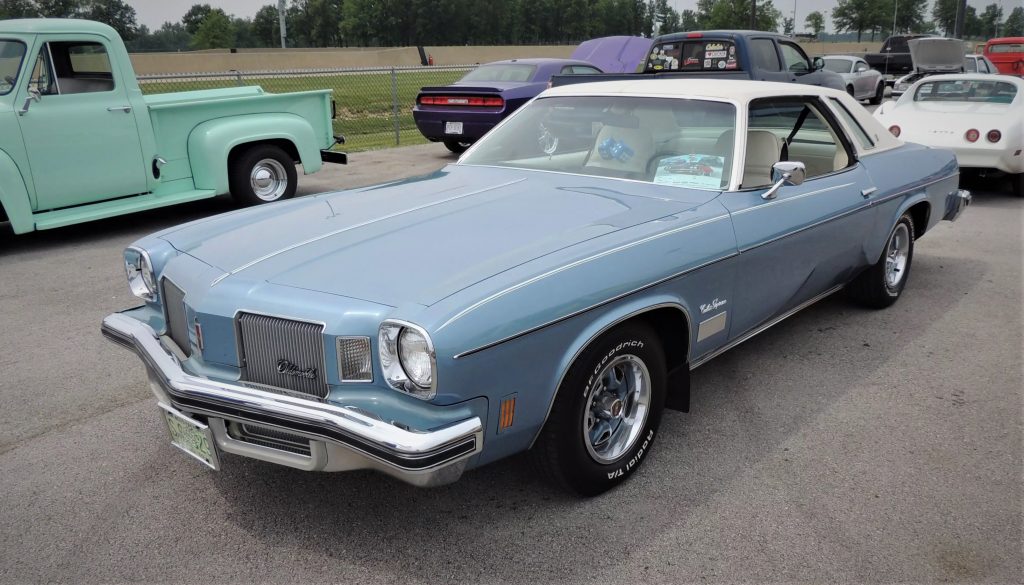
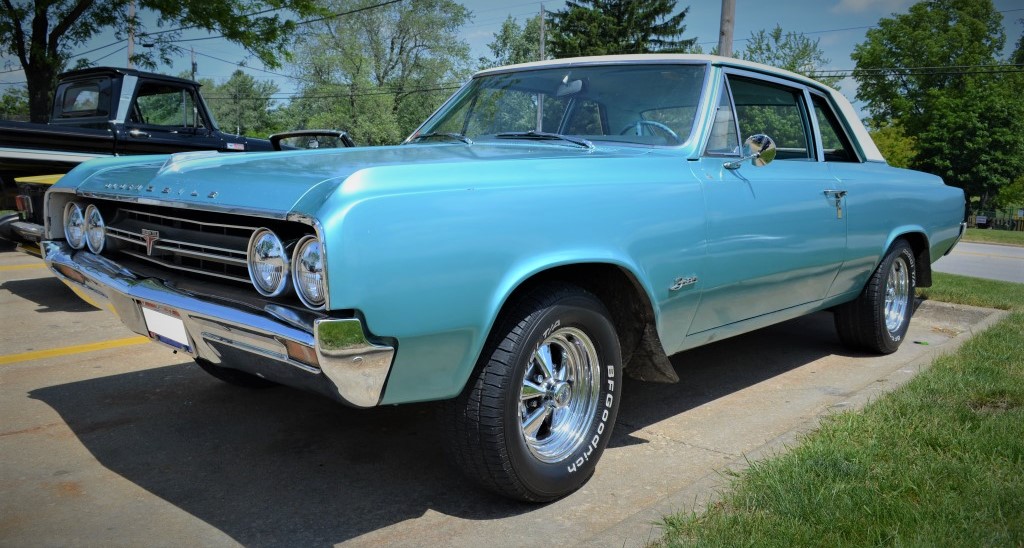
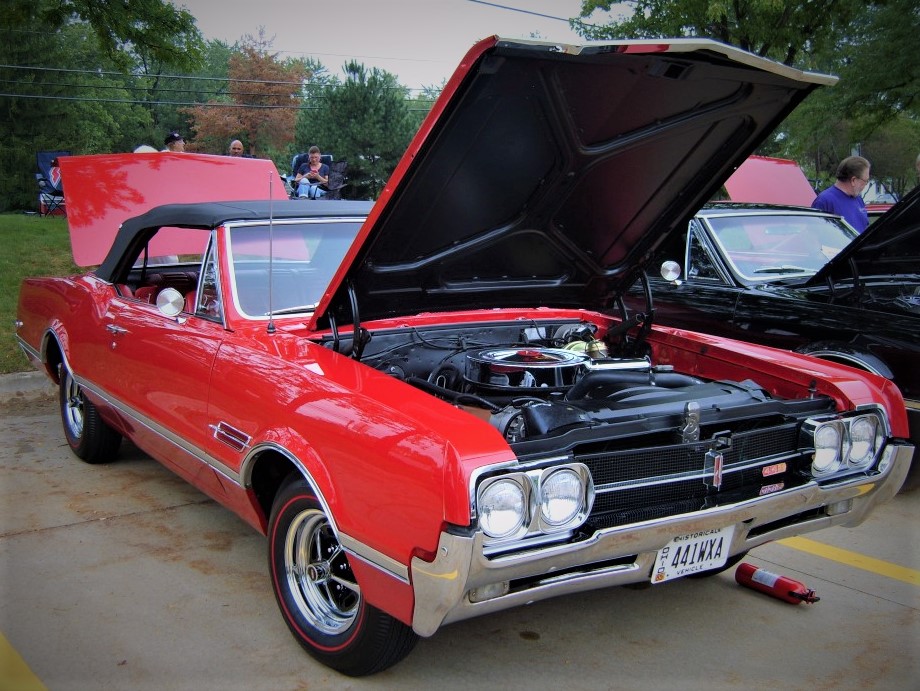
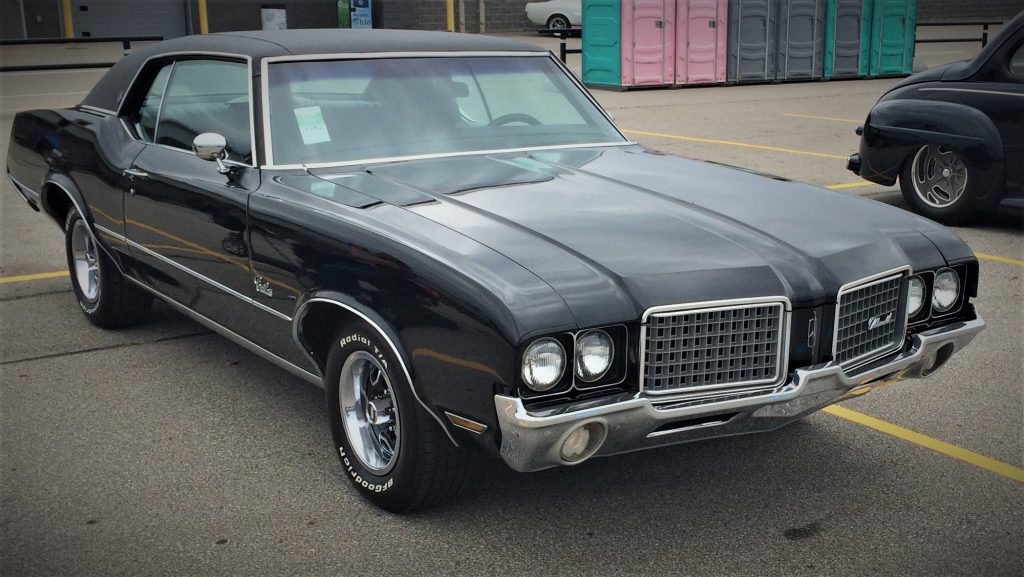
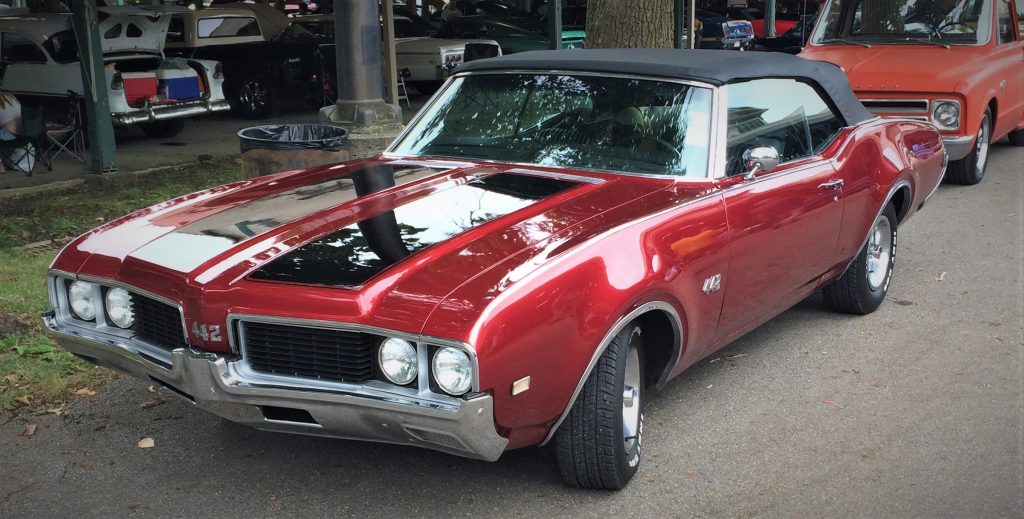
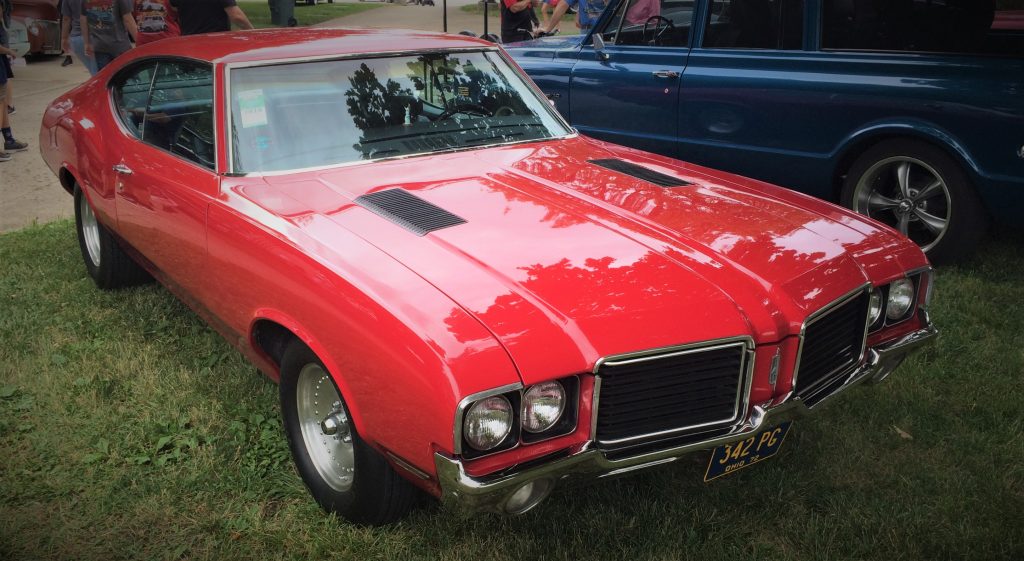

I remember when i was a little boy in the 1966 olds f 85 and the cutlass when you hearing the engine of a cars there perkling of the muffler sound and the design of the body there was a feeling of no other car and the interior of the cars was giving a young driver of a sport and some luxurie that no other car was giving, these cars was a very good seller for oldsmobile until the 1990 they took all the escluse from the cutlass and they they need funds from the federal government they the government say you have to many brand drop one there the legion of oldsmobile this was a car that would have keep on selling for a century.that life the way the world turn that cutlass was forever I thank.